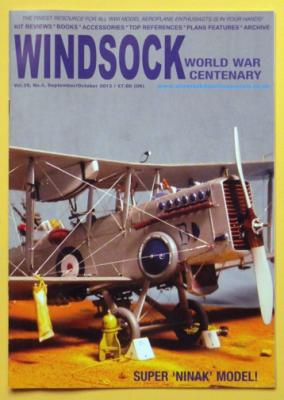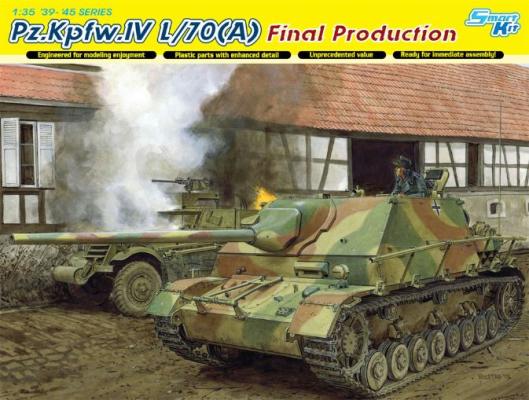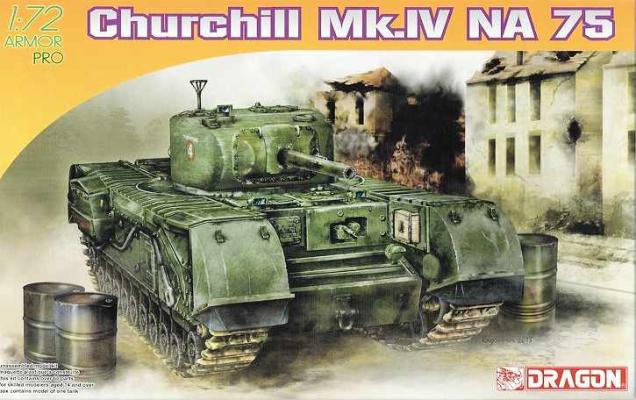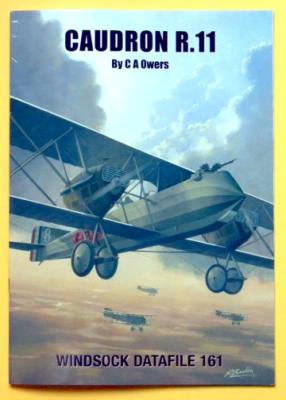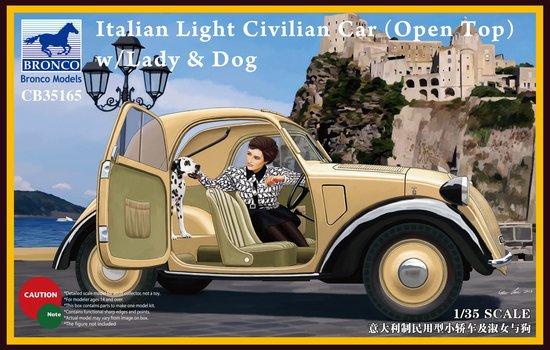The Sept/Oct 2013 issue of Windsock Worldwide is the fifth issue of Volume 29 and it continues the publisher’s ongoing commitment to provide model builders with accurate and diverse information about WWI aviation. The cover image of a highly detailed Wingnut Wings DH9a also continues the publication’s practice of focusing on that manufacturer’s line of impressive 1/32scale kits. But, this issue presents a rich blend of modeling articles and reference material that extends far beyond the new kits offered by Wingnut Wings.
Welcome to the IPMS/USA Reviews site!
Introduction: The primary organization of the IPMS/USA Review website is by IPMS/USA National Contest Class. Within each Class there are sub-menus by kits, decals, books, etc. The Miscellaneous Class is for items that are not class specific or that cross two or more classes.
IPMS/USA Members: We encourage you to submit reviews, both here and to the Journal. To volunteer for membership in the IPMS/USA "Reviewers Corps" and submit your own reviews, please read the Guidelines For Submitting Product Reviews.
Manufacturers, publishers, and other industry members: IPMS/USA is pleased to offer your company the opportunity for product reviews. All product reviews are performed by IPMS/USA members, and are posted in the publicly-accessible section of our website. With very few exceptions, we perform full build reviews of new kit releases, aftermarket products, and supplies. If you would care to provide product samples for review, please contact John Noack, IPMS/USA 1st VP.
To learn more about IPMS/USA, please see our About Us page.
Dragon Models has released their (fourth? fifth?) incarnation of the German JagdPanzer IV L70 (A) self-propelled tank destroyer in 1/35th scale.
The Jagdpanzer IV (Sd.Kfz. 162) was based on the Panzer IV chassis built in three main variants. As one of the casemate-style turret-less Jagdpanzer ("hunting tank") designs, it was developed against the wishes of Heinz Guderian, the inspector general of the armored corps, as a replacement for the Sturmgeschütz III (StuG III). Guderian objected to the ‘needless diversion of resources’ from Panzer IV tank production, as the Stug III and Stug IV tank destroyers were still more than adequate for their role. Officially, only the L/48-armed vehicle was named Jagdpanzer IV. The L/70-armed vehicle that this kit was modeled after was named Panzer IV/70.
The Churchill Mk.IV NA 75 was a variant of the Churchill Mk.IV British tank, its main difference being that it mounted a 75mm main gun from the Sherman family of tanks rather than the Churchill’s six-pounder. Besides the main gun, the Besa coaxial and bow guns were replaced with Browning .30 caliber weapons. Some minor changes to the roof of the ‘standard’ Mk.IV turret were made to accommodate the new main gun.
The Box
The kit comes in the typical 6”X10” box that you get with 1:72 Dragon armor kits: the two-part variety that comes with a lid, rather than the dreaded opening end flaps. There’s a nice painting of an NA75 on the box top with kit information panels adorning the sides.
The Kit
Dragon’s kit is in keeping with much of its 1:72 offerings: clean, crisply molded flash-free parts in a light gray styrene in a fairly easy to assemble motif. This basically means low parts count and more molded on or integral details.
When Windsock Datafile No. 161 arrived in the mail, I was reminded of that classic Monty Python lead-in line: “And, now for something completely different” because the subject of this Datafile is a somewhat little known WWI aviation escort fighter with a most unusual appearance. Although serving with some distinction, the fact that it was introduced into the conflict in limited numbers in the closing months of the war precluded a definitive assessment of the value of the Caudron R.11, and no doubt contributed to its place somewhere in the shadows of aviation history.
Bronco has released a civilian version of their Light Italian Car (known as “Topolino” or little mouse).
Upon opening the box you find seven tan colored sprues, one clear sprue, the main car body (independently packed) plus the decal sheet and a small photoetch fret. This boxing also includes two figures, a woman and a dog, both molded in grey. Instructions are very clear and have a total of 17 steps.
The overall surface detail is very good and shows fine detail. I was not able to find any obvious mold lines anywhere in the main body.
The kit includes a full engine and suspension, and the doors have interior pockets. The fine detail of the grille will take a wash very nicely.
Among the possible options, you can steer the front wheels as well as having the top assembled either with the canvas open or closed.











